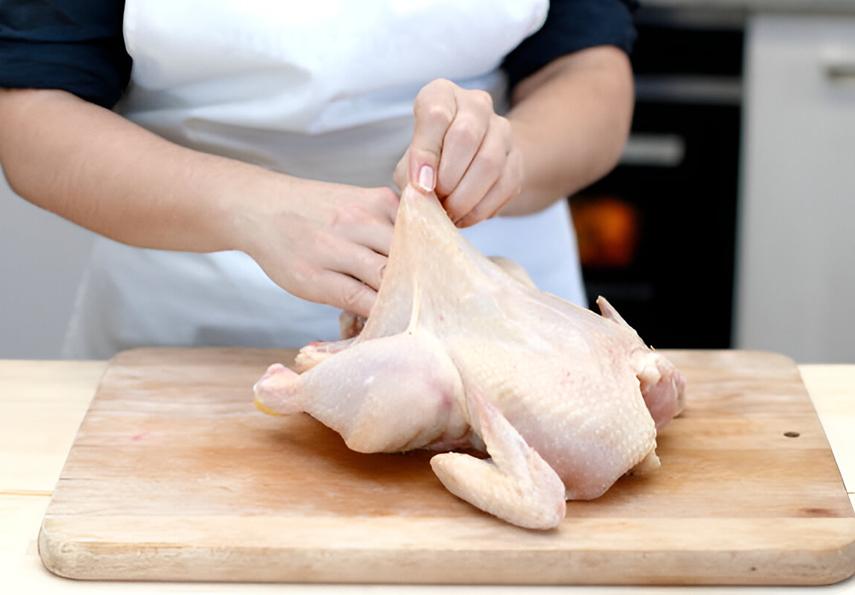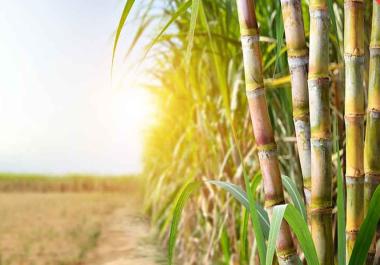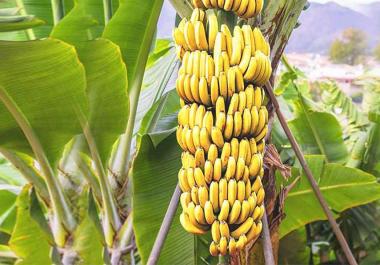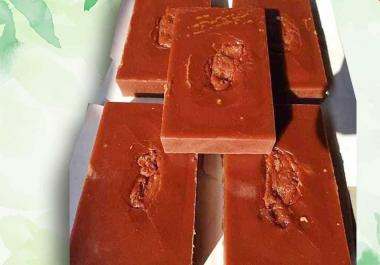
Harvest Time
1 year
Chicken and Duck Meat Process
ROI
6.00% - 9.00%
Cost Per Unit
৳1,000.00 BDT
Invest End Date
31 Jul, 2025
Project Overview
1)As this is a Murabaha contract (trading), there is no opportunity for an emergency exit for investors. We will procure the chickens and ducks and sell them to merchants. Therefore, we cannot return your investment amount before the project concludes.
2) Duration of Investment
The total investment amount will be - 40,80,000
This investment will be for 1 Month.
3) Projected ROI(Return of Investment)
The return on investment (ROI) will be 36% annually. In one (1) month, the investor will receive a halal dividend of 3% (excluding service charges).
4) Investment Part
Here, the minimum investment would be 30,000 TK, or investors can invest up to the project limit. Halal dividends will be disbursed every month.
For example, if someone invests 100,000 TK (one lakh taka), they will receive 136,000 TK, excluding service charges (100,000 TK as the investment part and 36,000 TK as the profit part in a year).
5) Loss Sharing
Grow Up is a Shariah-compliant project, and according to the Murabaha Principle, investors bear no responsibility for any business losses after transferring the liability to the Grow Up authority. Any losses incurred after handing over the product to the agent/merchant are not shared with the investors. Therefore, there will be no loss sharing from the business after the handover of the product to the merchant.
6) Service Charge
Grow Up will apply a 5% service charge on investors' profit. It should be noted that all of the mentioned ROI above are provided after excluding this service charge.
7) Contract Conditions
The investor will enter into a Murabaha Agreement (buy-sale) contract with Grow Up for the Chicken and Duck Meat Processing Project. This will be a "buy-and-sell" process where investors will first invest in chickens and ducks through Grow Up, ensuring the meat is processed and sold to enlisted merchants through Grow Up.
Grow Up will act as an agent for the investors, arranging for the processing of chickens and ducks into meat, assuming necessary ownership and risk of asset possession on their behalf, and then selling the meat to the enlisted merchants.
8) Risk Factor
According to our calculations, although the risk factor stands at 5%, the Grow Up highly expert team is confident in their ability to mitigate and manage these risks effectively, as outlined previously.
9) Payment Delay
Grow Up has conducted an in-house analysis of the projected returns of the business and expects to be able to repay on time, barring any unforeseen risk factors.
10) Security
Grow Up provides the following documents to investors:
- Contract Deed (300 tk Stamp)
- Security cheque
- Money Receipt
- Guarantor
- Copy of Authorized deed
6Project About
The processing of chicken and duck meat is a significant sector within the poultry industry, providing essential products that are staples in various cuisines around the world. This process involves several stages, including farming, slaughtering, processing, and distribution. Chickens and ducks are raised for their meat, which is valued for its nutritional value, versatility, and flavor, making them popular choices for consumers globally.
Farming
The journey of chicken and duck meat begins on farms, where farmers raise these birds in controlled environments. Chicken farming primarily focuses on breeds that grow quickly and produce tender meat—such as broilers—while duck farming often emphasizes different breeds tailored for meat production. These birds are typically reared in spacious environments that promote their well-being and health, with access to adequate food, water, and shelter. Farmers frequently monitor their flocks for diseases to ensure high-quality meat production.
Slaughtering
Once the birds reach the desired weight and age, they are transported to processing facilities. The slaughtering process requires strict adherence to animal welfare standards and regulations to ensure humane treatment. This involves stunning, bleeding, scalding, and plucking the feathers. For chicken, the typical method is to use an electrical stun system, while for ducks, methods can vary but often include stunning and then carefully bleeding to maintain meat quality.
Processing
After slaughtering, meat processing is where significant value is added. This stage involves several steps:
Evisceration: The internal organs are removed to prepare the carcass for further processing. This step is critical for meat quality and safety.
Chilling: After evisceration, the carcasses are chilled quickly to inhibit bacterial growth, which is crucial for food safety.
Cutting and Packaging: The chilled meat is then cut into various parts—such as breasts, thighs, wings, and drumsticks for chicken, and whole or cut-up duck products. Each cut is packaged appropriately for retail or further processing, such as marinating or seasoning.
Quality Control: Throughout the processing steps, quality control measures are implemented to check for proper handling, contaminants, and overall meat quality.
After packaging, the meat is labeled with important information, including nutritional details, cooking instructions, and expiration dates. It is then distributed to grocery stores, markets, and food service operations.
Distribution
Efficient distribution is crucial for maintaining the freshness and safety of chicken and duck meat. Logistics and supply chain management ensure that products reach consumers in good condition, adhering to food safety standards.
In recent years, consumer demand has shifted towards ethically sourced and organic poultry products. As a result, many producers are adopting sustainable practices, including free-range farming and organic feed, to cater to this growing market segment.





